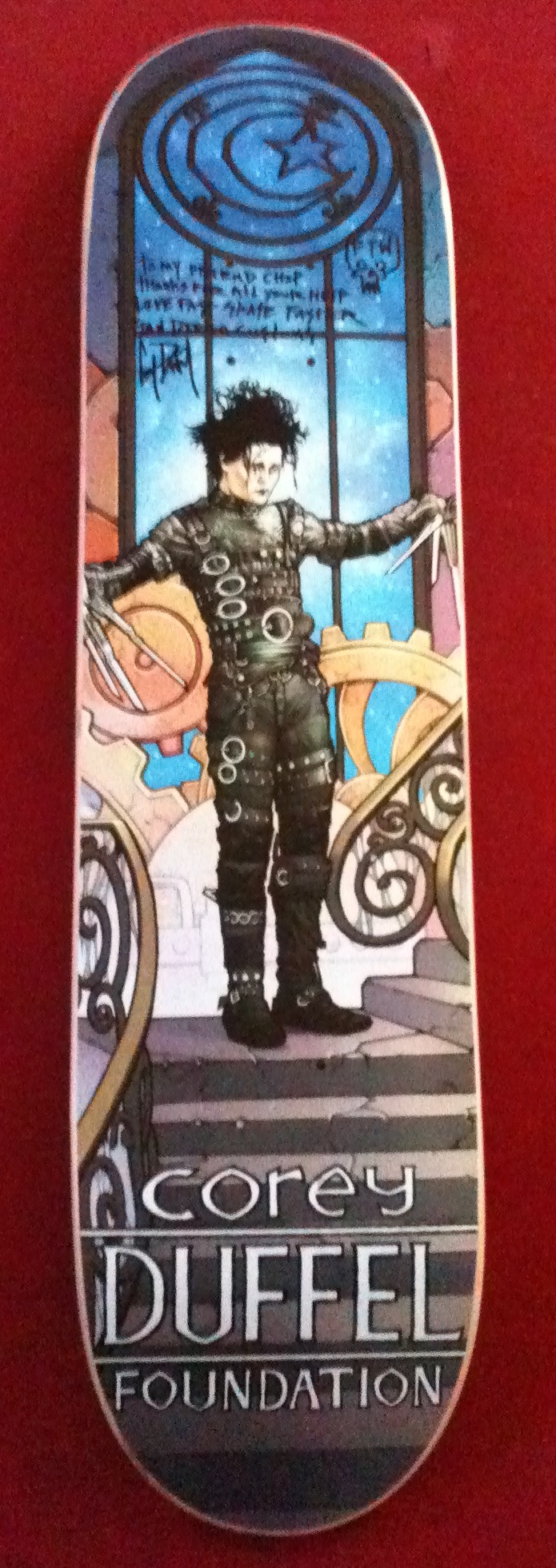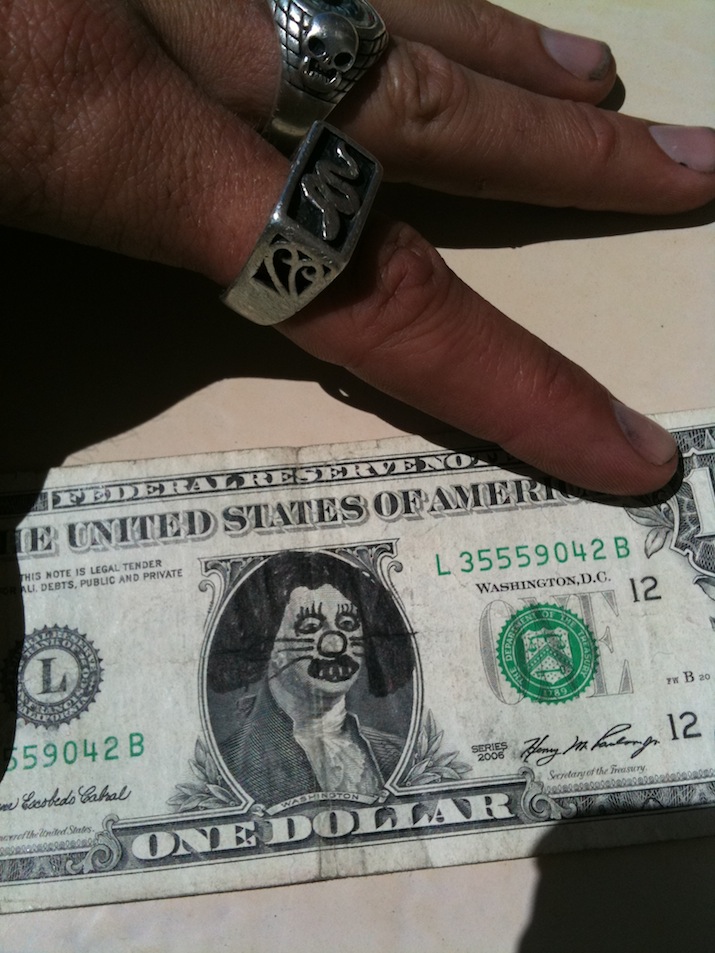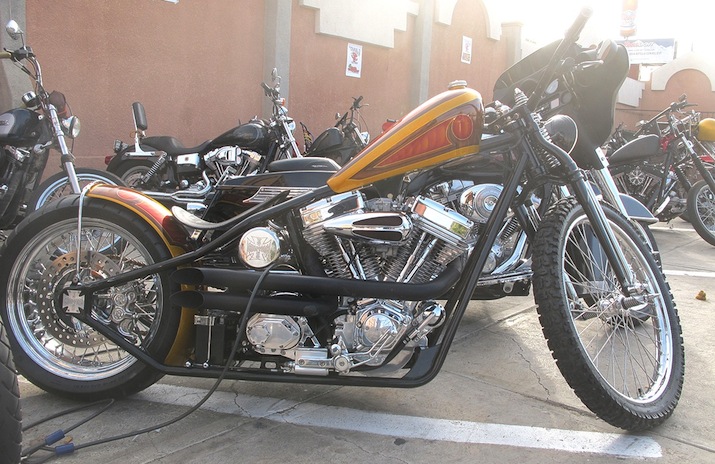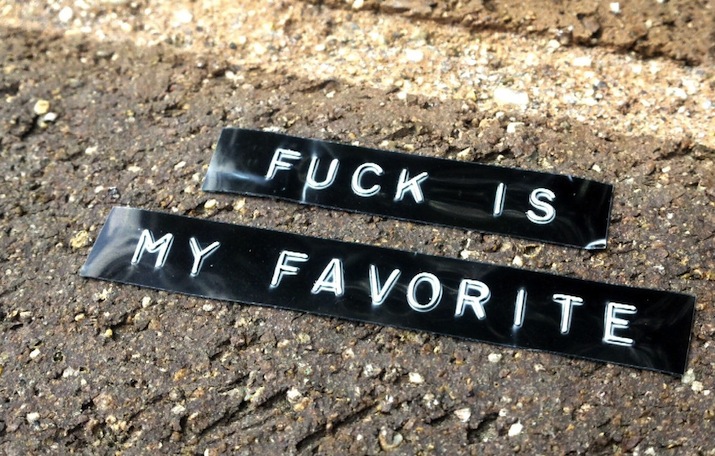‘lil slice of mini heaven .
Thanks to a certain bunch of people, you know who you are. FTW por vida .
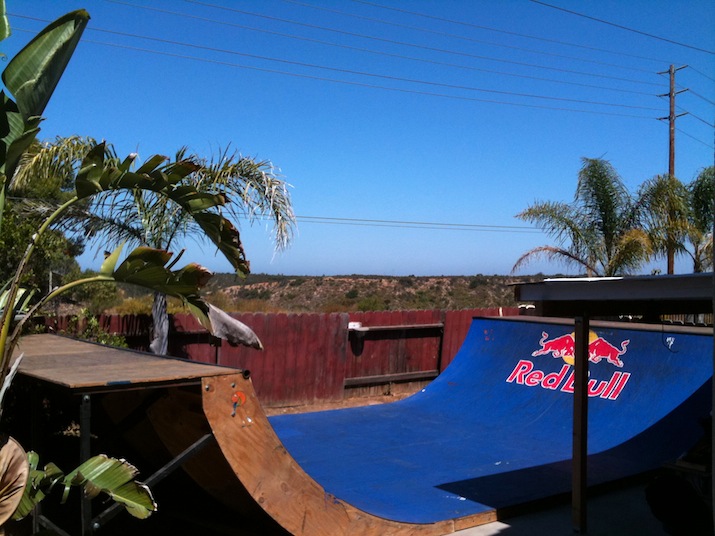
The ruler .
Duffel took a little pic of one of my all time favorite skaters, artist and general mayhem makers
Jason Jesse

Mythbuster
I get tired of hearing lies about American Pitbull Terriers. Here are some of my favorites explained in detail . . .
"Pit Bulls have locking jaws." The jaws of the Pit Bull are functionally
the same as the jaws of any other breed, and this has been proven via
expert examination.
The few studies which have been conducted of the structure of the
skulls, mandibles and teeth of Pit Bulls show that, in proportion to their
size, their jaw structure and thus its inferred functional morphology, is
no different than that of any [other] breed of dog. There is absolutely
not evidence for the existence of any kind of ’locking mechanism’ unique
to the structure of the jaw and/or teeth of the American Pit Bull Terrier,
says Dr. I. Lerh Brisbin of the University of Georgia (from the ADBA
booklet, “Discover the American Pit Bull Terrier.)
"Pit Bulls can hold on with their front teeth while chewing with their
back teeth." As stated above, the Pit Bull’s jaws are, functionally
speaking, the same as all other breeds.
“Pit Bulls don’t feel pain.” Pit Bulls have the same nervous system of
any other breed, and they can and do feel pain. Historically, those dogs
that would tolerate or ignore discomfort and pain and finish the task
they were required to perform were the dogs that were bred and the
sort of dogs breeders strove to produce. This is the trait of “gameness”
that so many breed fanciers speak of, which may be defined as, “The
desire to continue on and/or complete a task despite pain and
discomfort.”
“Pit Bulls have more bite pressure per square inch (PSI) than any
other breed.” This is absolutely false.
Tests that have been done comparing the bite pressure of several
breeds showed pressure PSI (per square inch) to be considerably lower
than some wild estimates that have been made. Testing has shown that
the domestic dog averages about 320 lbs of pressure per square inch.
Recently Dr. Brady Barr of National Geographic conducted a comparative
test between a Pit Bull, a Rottweiler, and a German Shepherd. The Pit
Bull had the LOWEST PSI OF THE THREE.
The highest pressure recorded from the Pit Bull was 235 lbs PSI. The
highest from the GSD was 238, and the highest from the Rott was 328.
Dr. Barr states that as far as he knows, the PSI tested in the Rott is the
highest on record for any domestic canine.
What happened to the supposed 10,000 pounds PSI pressure that the
breed supposedly has??? It's a MYTH, pure and simple.
THERE HAVE NEVER been ANY TESTS done to prove that the APBT has
bite pressure PSI higher than what has been tested by Dr. Barr.
“Pit Bulls attack more people than any other breed.” Bite statistics are
difficult to obtain accurately. Dogs that are referred to as “pit bulls” in
statistical reports actually are a variety of breeds and mixes all lumped
together under the “pit bull” heading. Also, many people have a difficult
time properly identifying a true Pit Bull, so added to the statistics are
those dogs that have been misidentified. Considering these factors, the
actual number of attacks attributable to American Pit Bull Terriers is
considerably lower than represented. Also important to understand is
the extreme popularity of the Pit Bull and pit bull-type breeds. By some
estimates, numbers-wise they are the most popular of all dog breeds. It
is only logical to assume that the breed with the higher number of
individual dogs would be represented with a higher number of bites.
Viewing older statistical reports for the Center of Disease Control, one
will see that trends in breed popularity reflect in the number of bites
attributed to a specific breed during a specific period of time.
“The brains of Pit Bulls swell and cause them to go crazy”. Prior to the
boom in Pit Bull popularity, the Doberman Pinscher was rumored to suffer
from an affliction of the brain in which the skull became too small to
accommodate a dog’s grey matter. This would, according to the rumor,
cause the Doberman to go crazy, or “just snap” out of no where and
attack their owner. This rumor could never be quantified, and indeed had
no merit whatsoever. Now that the Doberman fad has run its course the
Pit Bull has inherited the swelling brain myth. It is no truer now than it
was during the Doberman’s fad days.
“Pit Bulls ‘turn’ on their owners.” Dogs, as a species, do not perform
behaviors “just because”. There are always reasons for behavior, and
when aggression becomes a problem the reasons can be such things as
improper handling, lack of socialization or training, a misreading of dog
behavior by the owner, or, rarely, disease. Aggression, when it presents
in pet dogs, follows specific patterns. First occur warning signs, then
more warning signs, and finally, when those signs are continually
ignored or misinterpreted, the dog resorts to using its teeth. When an
owner is startled by a sudden, aggressive outburst, it is because they
have been unaware of problems that were brewing. This is true of all
dogs, not just Pit Bulls. Pit Bulls, indeed no dogs, “turn” on their owners.
“The only thing Pit Bulls are good for is dog fighting.” Unfortunately, a
large amount of attention has been brought to the fact that the Pit Bull
was originally created for fighting other dogs in the pit. Since the breed
was selectively bred for and excelled at this task, there is a common
assumption that fighting must be all for which the breed is good. The
truth of the matter is that the Pit Bull is one of the most versatile of
canines, capable of excelling at just about any task his owner asks him
to complete. This breed is routinely used for: obedience trialing,
conformation showing, weight pull, Schutzhund (a German sport which
requires dogs to perform in obedience, tracking and protection phases of
a competition), agility, and have even been known to participate in
herding trials, search and rescue work, and a variety of other tasks
including police and armed services work. But fanciers will argue that the
task this breed performs best of all is that of beloved companion.
"Dogs that are aggressive towards other dogs are aggressive
towards people." Human aggression in dogs is entirely different than
aggression directed at other animals. Inter-dog aggression is a normal
trait of the breed (as it is in many terrier breeds, among others).
Historically, humans were always in the pit, handling fighting dogs
closely, while the animals were in full fight drive. A dog that was a
danger to people and prone to biting was not feasible, and therefore
carefully selected against.
"Red or blue nose dogs are: a special type of Pit Bull / rare / worth
more than black nose dogs": The answer to all of the above is: FALSE!!!
Let's talk color in Pit Bulls.
Pit Bulls are traditionally a performance breed. That means that they
were originally bred based on how well they performed a certain task,
not what they looked like. Color was probably the least important thing
that old-time breeders of Pit Bulls considered. Today, Pit Bulls remain
largely a working/performance dog, and so the old way of doing things
as far as looks are concerned largely still holds fast. True, many Pit Bulls
today are also bred with the show ring in mind, however color is of
almost zero importance even in that venue. No one who really knows Pit
Bulls is all that impressed by color. A flashy color does not a good dog
make, and although many people have favorite colors, breed savvy
people know that it's what's under the coat that counts.
Pit Bulls come in almost every color that is genetically possible in dogs.
Some colors are more common (brindle or fawn for instance); some
colors you don't see as often (such as spotted or black and tan). One
thing is for certain, however: blue and red nosed dogs do NOT fall into
the "rare" category - there are many of both colors out there, especially
(at least in my area) the red nosed dogs.
There is, unfortunately, a faction of breeders (all unscrupulous), that are
attempting to cash in on the current fad of blue and red nosed dogs.
These people produce poor quality animals with no thought to health
and temperament, their biggest selling point being coat color. Breeders
of this type many times charge jacked up prices for their puppies,
justifying the high price tag by claiming their dogs are of a "rare" or
"special" color. The unsuspecting buyer is duped into believing their
animal is extraordinary simply because he happens to have an "odd"
colored nose. Breeders of this ilk are especially dubious because not only
are they producing bad stock, but they lure their customers in by making
false claims. Do not be fooled by this type!
There are, of course, very ethical breeders that produce blue and red
nosed dogs. There are many fine, healthy, stable examples of these
color varieties out there. These are dogs bred by people who care about
the breed, are knowledgeable about what they are doing, and breed for
MUCH more than just a snazzy color. There is nothing wrong with liking
one color above another, but one should be an educated consumer.
Realize that you aren't just buying a pretty face, but a living, breathing
creature that is going to make real demands and require money to care
for, time, and patience.
Some people have the mistaken belief that blue or red nosed dogs are a
special "type" of Pit Bull. When speaking of such dogs, these sorts are
apt to make statements such as, "I have a blue Pit", or "My dog is the
red nosed kind". Let's replace "brindle" with "red-nosed": "My dog is the
brindle kind." Sort of silly, no? Brindle is just a color a Pit Bull may be, not
a "kind" of Pit Bull. Well, ditto red and blue. There is a specific line of Pit
Bull known for its red noses; this is the Old Family Red Nose strain. But
this was a tight-knit family of dogs bred closely because of their superior
ability in the pit. The genetic closeness of the dogs made it easy to pass
on certain traits--it just so happens that the traits of the Old Family dogs
included not only gameness, but the genes for red noses as well.
"Pit Bulls cannot get along with other animals": Pit Bulls can get along
well with other animals. Proper management and supervision is
essential to creating a harmonious, multi-animal household.
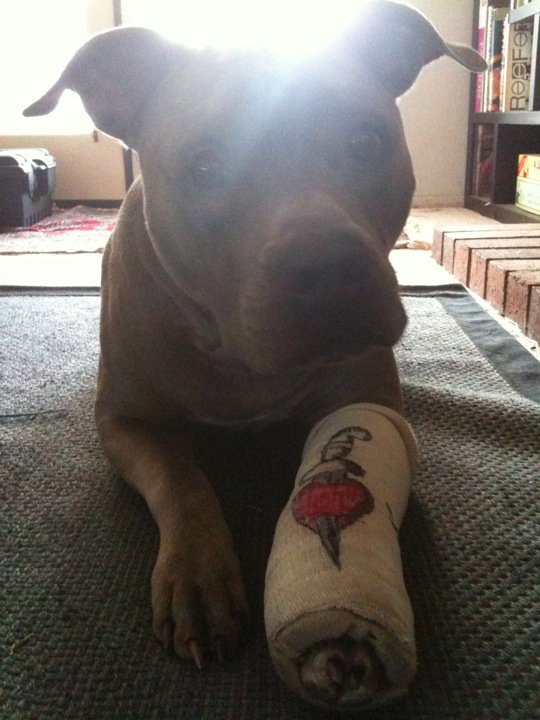
Support your local DEATH SQUAD
DEATH SQUAD available @ finer motorcycle shops in America .
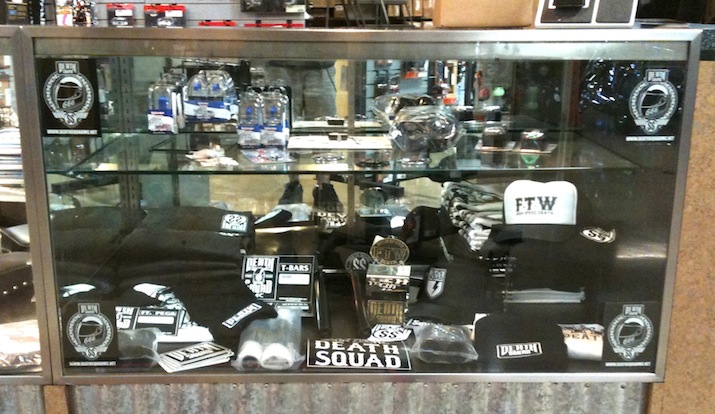
This fine display is located @ San Diego Harley Davidson. Stop by and ask for Jesse and tell him you need to get your fix of D/S .
F T W.
a blast form the past
Corey Duffel came by today to pick up his bike and drop off this epic deck of his from approximately 10 years ago. Check it out .... Duffel scissorhands.
